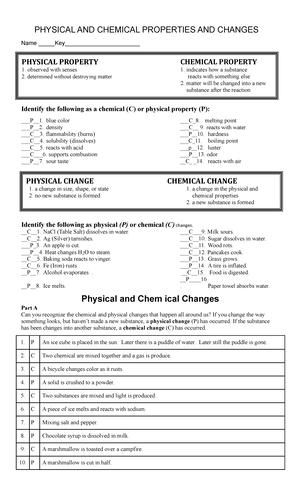- Information
- AI Chat
Was this document helpful?
Lab Report - Bryce Kinetic Energy
Subject: Physical Science
999+ Documents
Students shared 1144 documents in this course
Level:
Standard
Was this document helpful?

Kinetic Energy
Purpose
To explore the relationship between mass, speed, and kinetic energy using a laboratory
procedure.
Hypothesis
Hypothesis for part #1
If the mass of an object increases, its kinetic energy will increase proportionally. This is because
mass and kinetic energy have a direct relationship when graphed.
Hypothesis for part #for part 2
If an object’s speed increases, its kinetic energy will increase proportionally. This is because
speed and kinetic energy have a linear relationship when graphed.
Variables
PART I: Changing Mass to Affect Kinetic Energy
Independent Variable: mass of the soda bottle and the liquid it contains
Dependent Variable: kinetic energy of the beanbag
PART II: Changing Speed to Affect Kinetic Energy
Independent Variable: speed of the soda bottle
Dependent Variable: kinetic energy of the beanbag
Controlled variables:
Height of the water bottle, position of fulcrum, amount of water.
Materials
2 or 3 meter sticks
Mass balance
Packing tape, clear plastic
Graduated cylinder
2” diameter cylinder (wooden or plastic)
Wooden board ¼” x 2” x 2’ (about 61 cm long)
Plastic soda bottle, 1 L
Water
Funnel
Beanbag, 125 g
Marker
Metric tape measure
Procedure
Procedure as per lab manual/directions.






